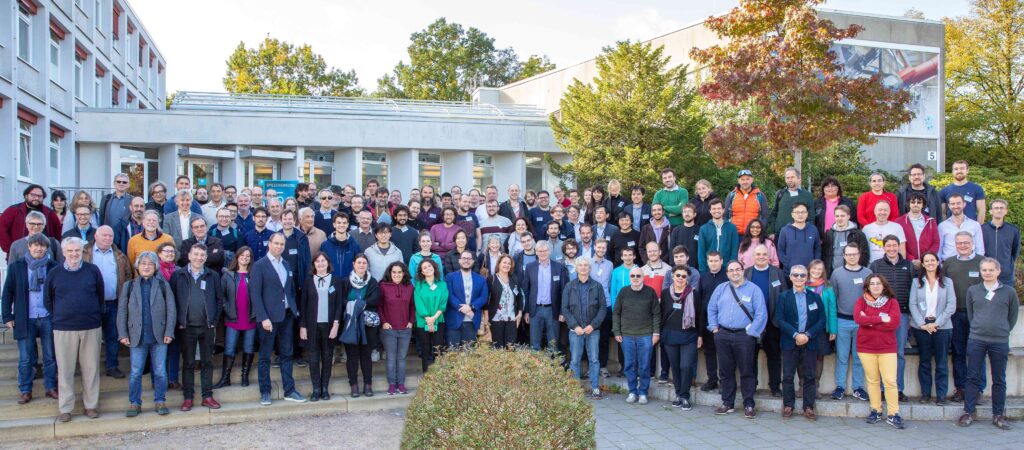Recently, Hitoshi Murayama has been appointed as chair of the next Particle Physics Project Prioritization Panel in the US, and therefore stepped down from his role as chair of the Physics and Detector Working Group of the International Development Team, also known as IDT-WG3. I would like to express my deep gratitude to Hitoshi for all his contributions to the IDT and to formulating and communicating the ILC’s science case – and wish him the best success with the new challenges ahead! At the same time, Claude Vallée wished to end his term. I would also like to thank Claude for the close and enjoyable collaboration during our joint time as deputy chairs.

Now I am very happy to welcome three new members: Carsten Hensel from the CPBF in Rio de Janeiro, Brasil, joins the Speaker’s Bureau, and Shinya Narita from Iwate University, Japan, and Jinlong Zhang from Argonne National Lab, US, strengthen the Detector and Technology R&D group. The role of the deputy WG3 chairs will be taken jointly by Michael Peskin for the Physics Opportunities group, Daniel Jeans for the Software and Computing group, Roman Pöschl for the MDI group and Jinlong Zhang for the Detector and Technology R&D group. I look forward to collaborating even more closely with all of them!
After the end of the Snowmass community study in the US, to which CEPC, CLIC, FCCee and ILC submitted strong reports, and with the work of the ECFA Higgs Factory study in Europe gaining momentum, it is now time to re-adjust the IDT-WG3’s role and priorities. The landscape for e+e- Higgs factories is evolving: the conclusions of the Snowmass Energy Frontier report highlight the need to build a Higgs Factory as soon as possible. New Higgs factory technology proposals have been put forward, most prominently C3 (the “cool copper collider”). These new proposals still require fundamental R&D. In Japan, the ILC-Japan organisation has been broadening the community involved in ILC, encouraged by a potential doubling of the KEK ILC R&D budget in the next fiscal year. CERN is investing in the FCC feasibility study, emphasising FCCee, a large circular e+e– collider, that after an electroweak precision physics programme would evolve into a Higgs factory. Beyond the individual projects, the ECFA detector R&D roadmap is being implemented by new R&D collaborations at CERN, and the ECFA Higgs Factory study is fostering work on science questions common to all Higgs factory proposals, including analysis methods and detector aspects.
What should be the priorities for IDT-WG3 in this complex landscape? Certainly, we need to share the knowledge that we have gained in many years of research on linear colliders and ILC, and we need to strengthen the support for a Higgs factory in our community, especially among early-career researchers around the globe. Taking over from the Snowmass process in the US, the ECFA Higgs factory study provides an important forum in which we should engage. The pros and cons of the various projects need to be discussed on scientific grounds, without retreating to political and strategic arguments outside the realm of science too quickly – and at the same time emphasising the great opportunities offered by all Higgs factory proposals.
Pushing the boundaries of detector technologies or developing sophisticated software algorithms based on human and machine intelligence offer lots of exiting research opportunities relevant beyond a single future collider project. Especially in the current difficult times with scarcer resources than ever, we must take on the challenge to realise investments in our future – at an appropriate level. This, however, requires even more effort to sharpen our scientific case and to communicate it to colleagues in other fields of science, to policy makers and society. Just “higher precision” is not a sufficient argument – we need to tell exciting stories about the huge fundamental questions of our universe, in an easily understandable and appealing way.
Today, we do not yet know whether an ILC in Japan will be realised. But we do know that the Higgs boson is our spaceship to boldly go where no human has gone before in exploring the origin of the universe and of our own existence – and that we need an e+e– collider as its warp drive. Let’s engage and make it happen!


Recent Comments